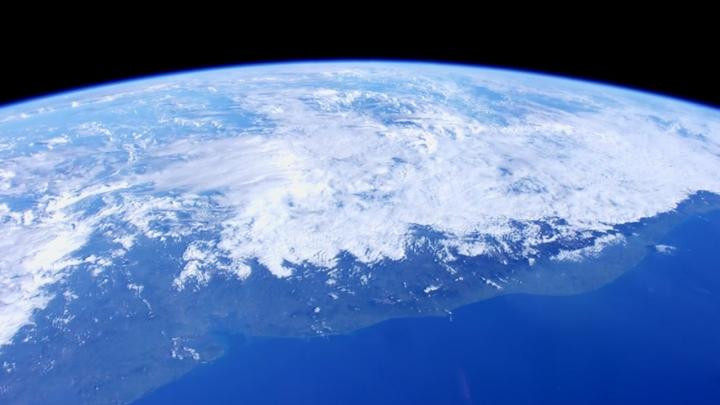An unexplained event occurred in the Earth's stratosphere for first time since records began
A predictable wind pattern changed in a manner not seen in more than 60 years of record-keeping.
In the 1960s, scientists coined the term 'quasi-biennial oscillation' to describe a predictable aspect of the Earth's wind pattern which repeats itself over a roughly two-year period. Recently, this pattern changed unexpectedly, something that has not been seen since measurements of the phenomenon were first recorded more than half a century ago.
While the disruption to the wind pattern did not have any immediate obvious impact on the weather or climate as we experience it on the Earth's surface, it does raise interesting questions for the Nasa scientists who observed it. For example, if a pattern remains the same for six decades and then suddenly changes, what caused that to happen and will it occur again? What effects could this have?
"The quasi-biennial oscillation is the stratosphere's Old Faithful," said Paul Newman, an Earth scientist at NASA's Goddard Space Flight Center, referring to the famous geyser in Yellowstone National Park that is one of the most predictable geographical features on Earth, erupting every 35-120 minutes.
"If Old Faithful stopped for a day, you'd begin to wonder about what was happening under the ground." Newman was lead author on a new paper about the disruption of the wind pattern published in Geophysical Research Letters.
The quasi-biennial oscillation describes the process of how winds in the tropical stratosphere – an atmospheric layer that extends from 10-30 miles above Earth's surface – circulate the planet in alternating easterly and westerly directions over a roughly two-year period. Westerly winds develop at the top of the stratosphere, and gradually descend to the bottom – about 10 miles above the surface – while at the same time being replaced by a layer of easterly winds above them. In turn easterly winds descend and are replaced by westerly winds. The whole process repeats every 28-29 months.

The quasi-biennial oscillation has a significant influence on stratospheric conditions. The amount of ozone at the equator varies by 10% between the peaks of the easterly and westerly wind phases, while the oscillation also has an impact on levels of polar ozone depletion.
The phenomenon was first measured by weather balloons released in the tropics at various points around the world in 1953. Since these observations began, the pattern had never changed – until late 2015. As the year came to an end, winds from the west neared the end of their typical descent, so, according to the regular pattern, they would soon be replaced by weaker westerly winds.
However, scientists noticed that the westerlies appeared to move upwards and block the downward movement of the easterlies, with this disruption remaining for nearly half a year until the normal pattern resumed in in July 2016.
"It's really interesting when nature throws us a curveball," Newman said.
Newman and his team are now trying to establish the causes and potential implications of the strange occurrence. They have hypothesised that the phenomenon could be put down to the particularly strong 2015-2016 El Niño weather pattern, or the long-term rise in global temperatures. Newman said further research is being conducted to ascertain whether the event was a "black swan" – a once in a generation event – or a "canary in the coal mine", a sign of further disruption to come, caused by climate change.
© Copyright IBTimes 2025. All rights reserved.





















